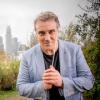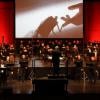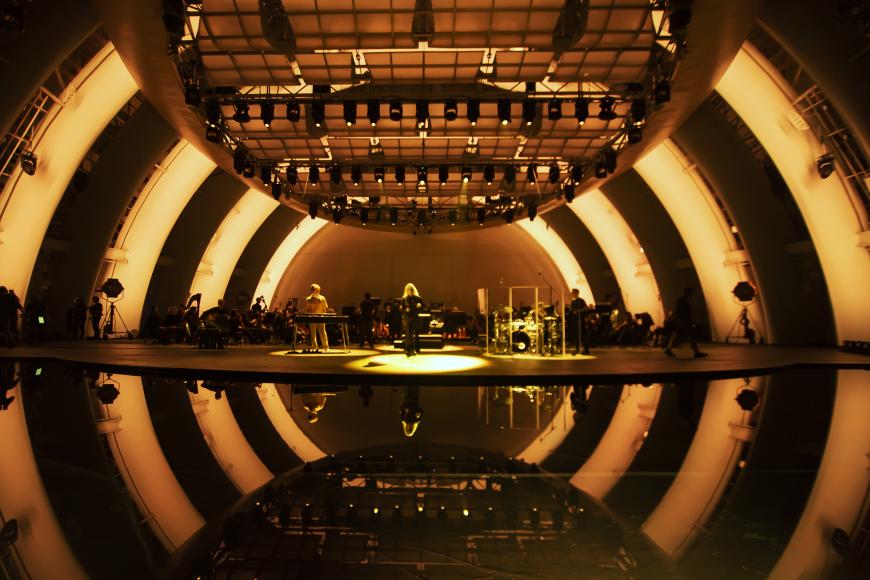
When orchestras and opera companies were forced to shut their doors in March 2020, they faced an enormous challenge: finding an alternative way to stay connected with their audience. For many, this meant turning to the internet — a medium they had previously dabbled in, at best.
Now that audiences are gradually returning, these organizations remain committed to maintaining their online platforms. But the focus of their efforts is shifting. The virtual world is now seen as a way to build a far-flung fan base; to collaborate with artists whose work might not be a natural fit for the concert hall; and to provide programming that complements the offerings they are presenting on stage.
“I was thrilled by the level of engagement with our online content during the pandemic,” said Christopher Koelsch, president and CEO of Los Angeles Opera. “That has started to recede a little bit, which feels natural. At the same time, it opens up an entirely new stage of creative expression. I want to pursue that as much as we can.”
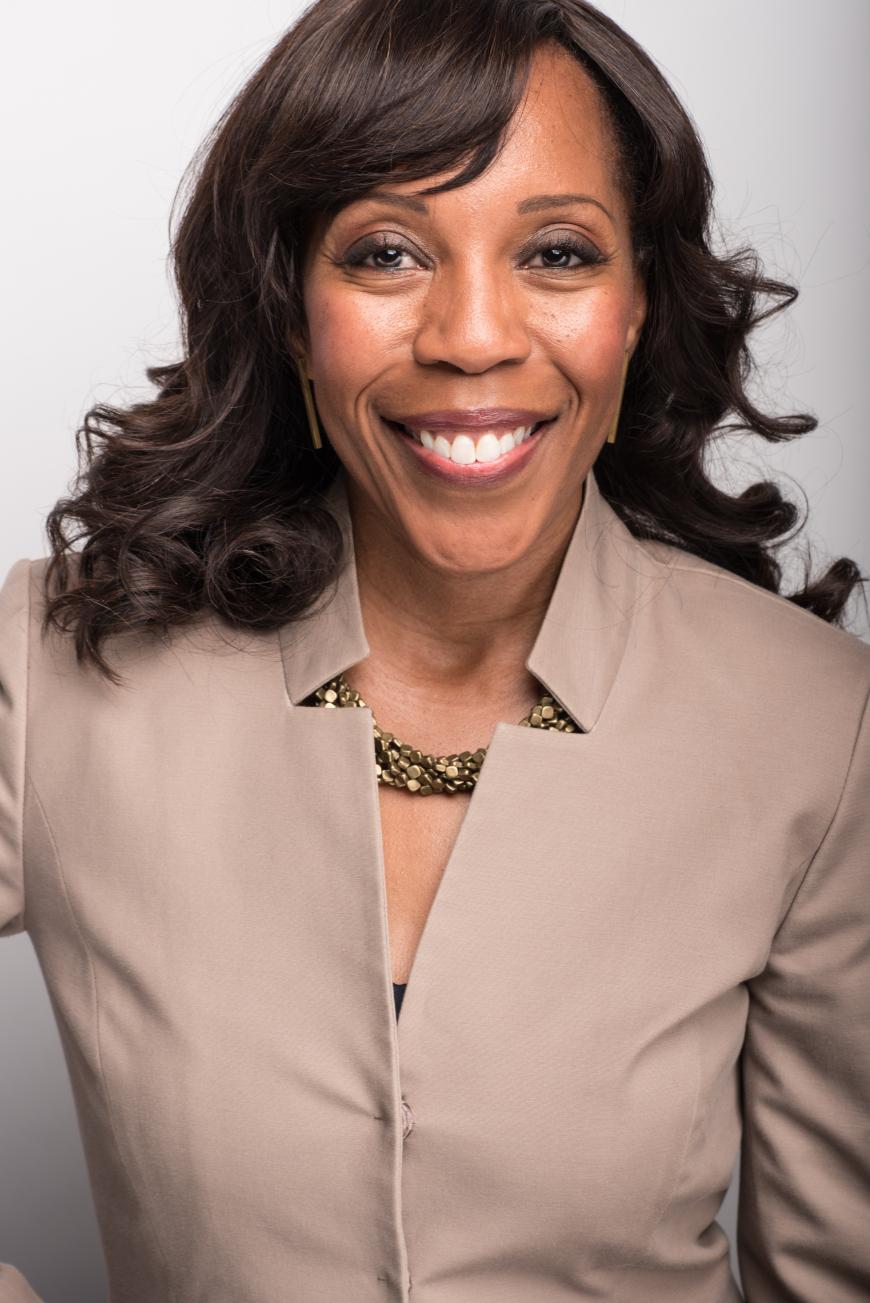
Renae Williams Niles, chief content and engagement officer of the Los Angeles Philharmonic, expressed similar sentiments. She reports that, since its debut in September 2020, the orchestra’s Sound/Stage video series has received more than 4.8 million views.
Given that success, “It was very much a conscious decision to continue to have an ongoing online presence,” she said. “The question is, now that we’re back to live performance, what is the role of digital? What does that look like?”
Matthew Shilvock, general director of San Francisco Opera, has also been mulling that question. “We’ve learned that the audience for that content is often a different audience from our mainstage productions,” he said. “We want to ensure that we are not only deepening the existing live experience, but also creating new experiences for new audiences.
“In creating digital operatic content, my hope is that we will accomplish two critical things. First, that we tell stories in a way that is meaningful for the medium. And second, that we try and get as close as possible to that hair-on-the-back-of-the-neck feel that you have in the live environment of the opera house.”
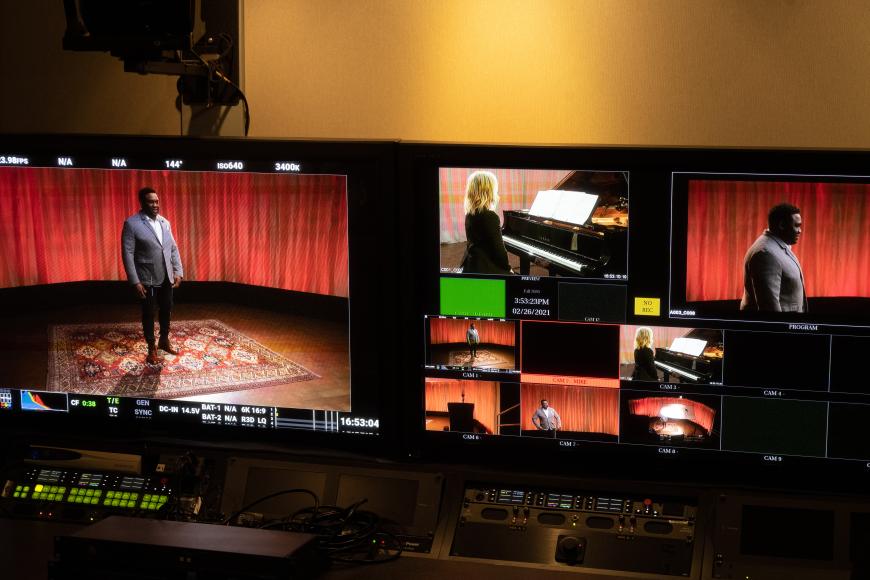
It may be counterintuitive, but the consensus view is the best way to produce the emotional intensity of a live performance is to create programming distinctly different from the work being done onstage. That can mean everything from documentaries and mini-recitals to short films in which new music is paired with highly cinematic imagery.
“The power, the energy of a live orchestra is not something you can get on your flatscreen. We have no interest in trying to recreate that,” said Oliver Theil, head of digital innovation at the San Francisco Symphony. “We’re creating content that’s unique to the digital realm.”
For this season, that includes a new film of Stravinsky’s A Soldier’s Tale, featuring actors, musicians, and dancers, and an innovative offering entitled Ligeti Paradigms. To be released in early December, “It’ll be a half-hour program combining art and technology to explore creativity — a combination that will drive much of our work going forward,” Theil said.
“The orchestra recorded three short pieces by Ligeti. These tracks were fed into an algorithm that then responded to the music it was hearing, and interpreted that music using imagery from a specific dataset — one that featured 100,000 artworks, another that had hundreds of millions of cloud formations, and another that featured imagery from the Hubble Space Telescope. It used these images to create a response to what it was hearing.”
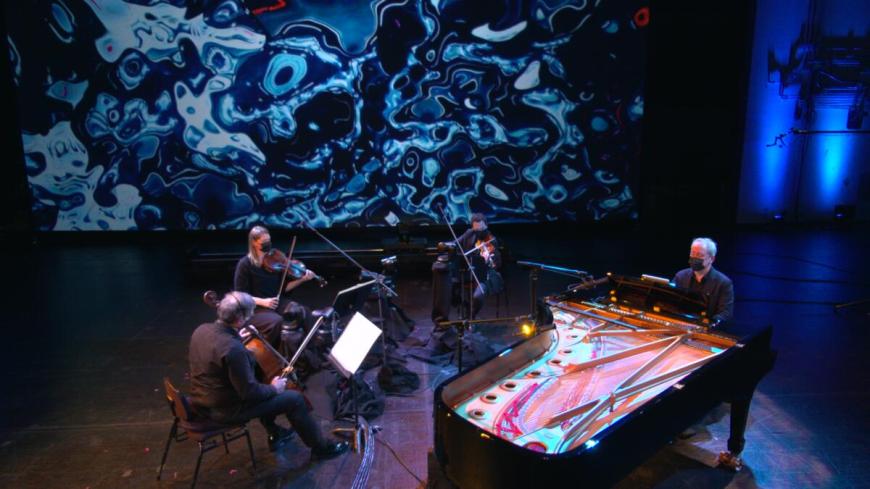
LA Opera has been producing similarly creative short films, most set to newly commissioned music, throughout the pandemic. Two more are on the way before the end of the year: The next, Between the Rooms, features Anna Clyne’s settings of Emily Dickinson poems for piano and string quartet. It goes online Dec. 10.
“The works that I’m interested in specifically for the On Now platform are works that cannot or should not exist in real life,” said Koelsch. “This allows us to work with the kinds of collaborators we otherwise wouldn’t have the opportunity to work with, such as experimental filmmakers who wouldn’t ordinarily traffic in the operatic literature.”
This is not to say old-fashioned simulcasting is passé. Both the LA and San Francisco Operas are livestreaming selected performances of their fall shows, in part as a courtesy to audience members who don’t feel safe returning to the theater just quite yet. Due to union agreements, virtual “attendance” at these is capped at the number of people who could see the production in person.
While these may continue later into the season, depending upon demand and the trajectory of the pandemic, Koelsch does not see them as the future. Opera productions on video “is a very crowded marketplace,” he said. “It is a wonderful alternative for people to experience something they either can’t or won’t come to the theater for — but it’s not the same thing. I don’t want us to devalue the palpable, ephemeral sense of the superhuman that you get when you’re actually sitting in a theater with other audience members.”
The LA Phil’s Niles agrees, but she adds that digital realm can do some things very well — such as pairing interviews or discussions with performances, thereby providing audiences context that can help them appreciate what they’re hearing. The first offering of the orchestra’s third Sound/Stage series, which went up a few weeks ago, features music director Gustavo Dudamel in conversation with composer Gabriela Ortiz. He then leads the orchestra in a new composition of hers, Arrecife.
That video also represents another theme of many organizations’ upcoming virtual offerings: It directly ties in to some of what the orchestra is presenting onstage. In this case, it serves as an introduction to the LA Phil’s multiyear Pan American Music Initiative. Future online programs will be thematically related to the orchestra’s Gen X and Power to the People festivals, and will be released just ahead of those events.
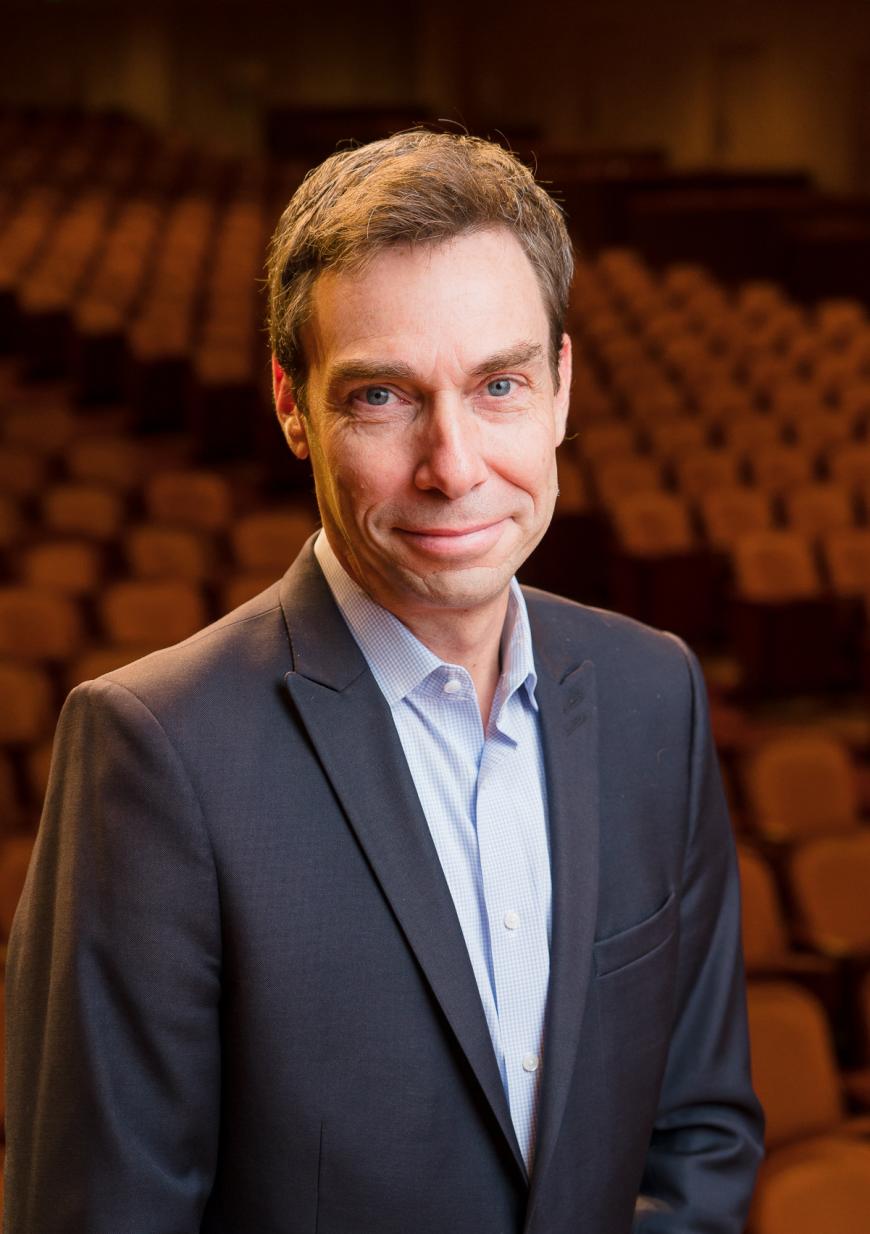
“It’s important that our digital offerings help tell the story of what’s happening on stage,” agreed Theil. “Our digital programming will give them context, and provide layers of experience that go beyond just one concert.”
Koelsch’s thinking is very similar. “The work we will commission for that platform going forward will, in some way, be in dialogue with some of the work we’re doing on one of the other stages,” he said. “It’s not that people can’t solely engage with us virtually, but I’m hoping these offerings inspire people to have a deeper relationship with us by both engaging with us live and having this complementary experience.”
Along those lines, the LA Phil will be performing a series of Stravinsky’s ballets this spring, paired with music from Latin America. As an online addition, the orchestra will offer a video of the Boston Ballet performing the composer’s Apollo, with choreography by George Balanchine.
Collaborating with a dance company isn’t a huge reach for an orchestra. But these online programs have given many a chance to work with artists working across a variety of genres, some far from the classical world. The LA Phil’s newest Sound/Stage episode features pop star Billie Eilish talking with Dudamel, touring the new home of Youth Orchestra Los Angeles, and performing with the orchestra at the Hollywood Bowl.
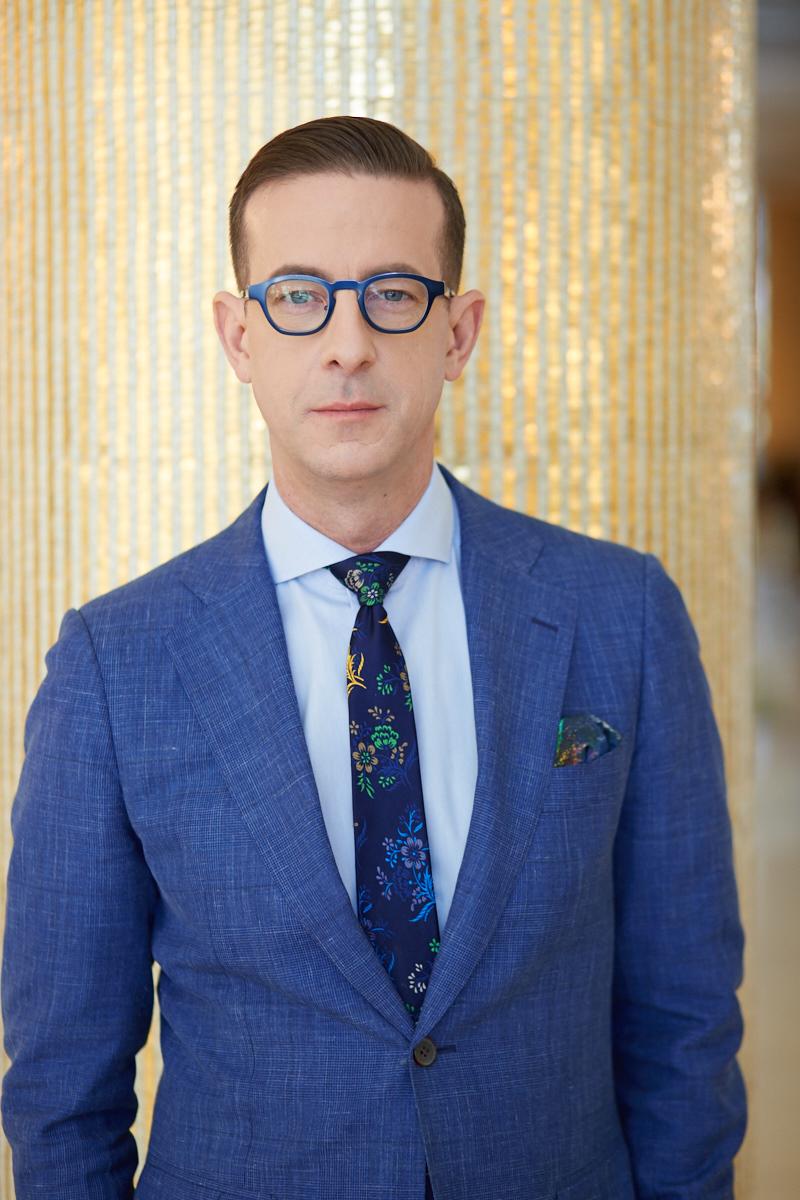
For LA Opera’s Koelsch, going online means “expanding the opportunities for the incredible artists we invite into the house.”
“Javier Camarena is doing a recital in the spring. I can imagine asking him to do a companion piece that isn’t just using the cameras in the theater, but something that’s more filmic. [Choreographer] John Neumeier is coming back this spring for St. Matthew Passion. I would love for him to take his dancers in a room and create a companion piece.
“We haven’t discussed these ideas — they’re off the top of my head — but there are so many artists we have long-term relationships with,” he added. “I’d like to give them an opportunity to show what else they have to offer.”
At the San Francisco Symphony, Music Director Esa-Pekka Salonen “invited eight collaborative partners across multiple disciplines — everything from film and jazz to robotics and artificial intelligence — to be his artistic partners,” Theil said. “So, from the start, we looked at digital content that represented that spirit of collaboration.”
Among other things, that has meant expanding the scope of its SFS Media component, which has been releasing recordings of the orchestra, as well as documentaries, for two decades. “These past few months, we’ve released a piece by Nico Muhly featuring all eight of our collaborative partners,” Theil said. “There’s also a piece that partnered Kev Choice, an East Bay hip-hop artist, with the symphony.
“We’re also looking at projects going forward featuring our collaborative partners in the worlds of film and technology,” he added. “We have the benefit of 20 years of video and audio. We know the value these programs have.
“Ramping up production during the pandemic was a necessity to keep audiences and donors engaged. But it is now part and parcel of what we need to be doing going forward.”
With a few exceptions (specifically the livestreamed performances), the online videos produced by these companies are free to watch, although many are up for a limited time. To check them out, go to: https://www.laopera.org/discover/la-opera-on-now/; https://sfopera.com/online; https://www.sfsymphonyplus.org/; or https://www.soundstage.laphil.com/.


